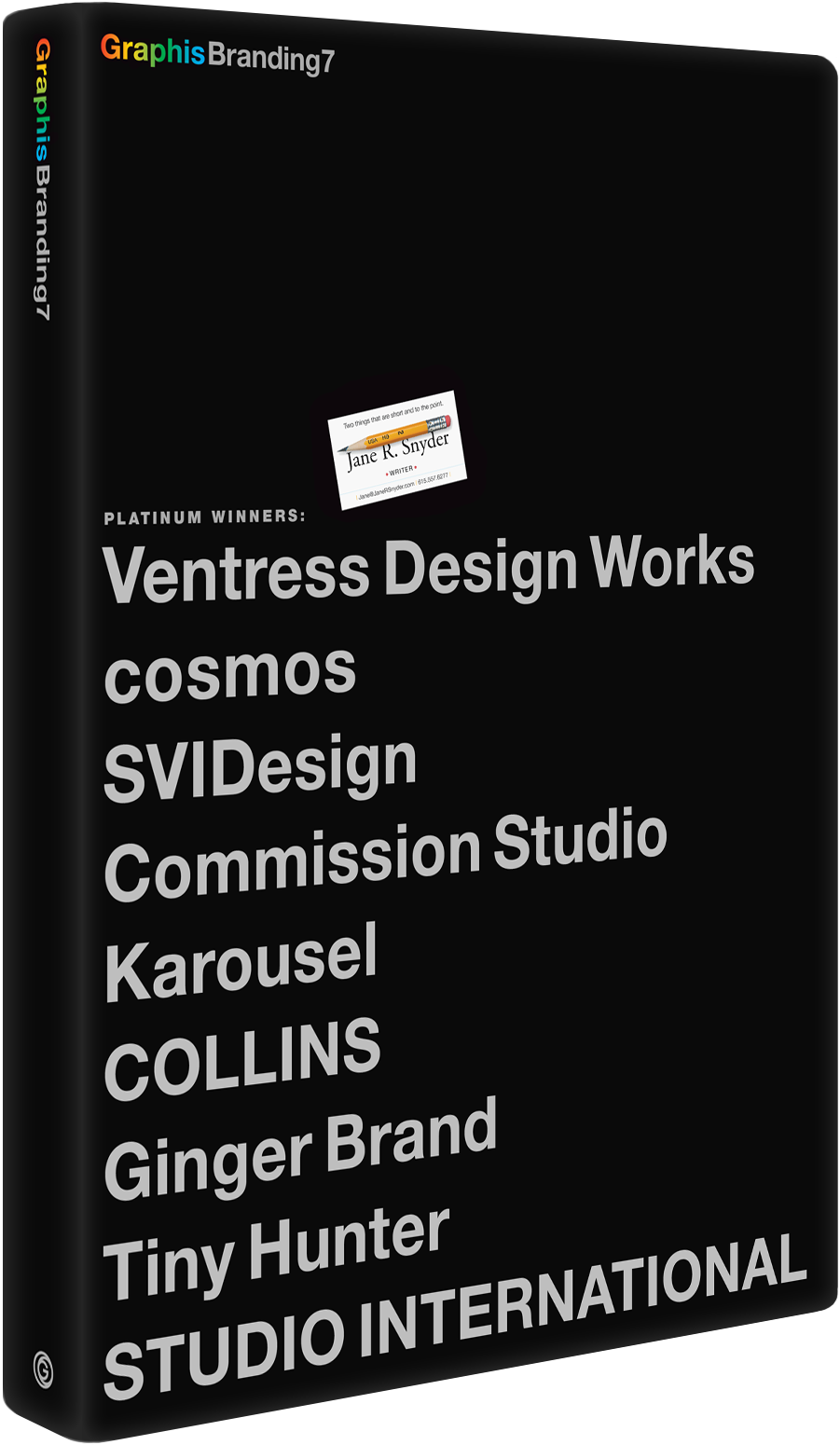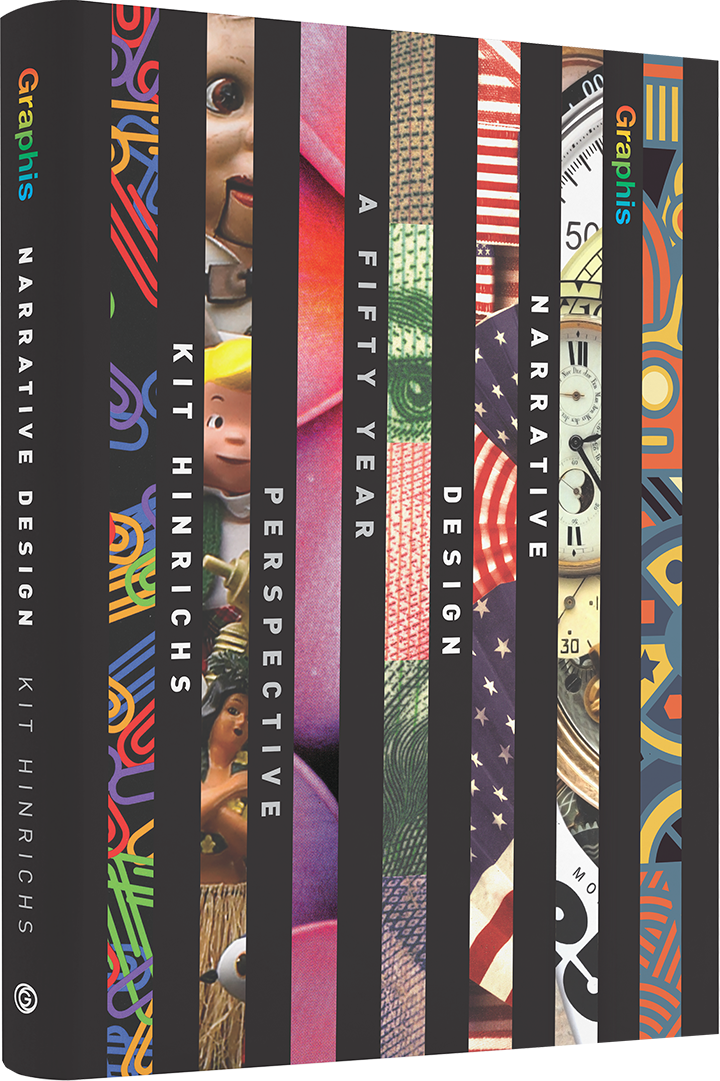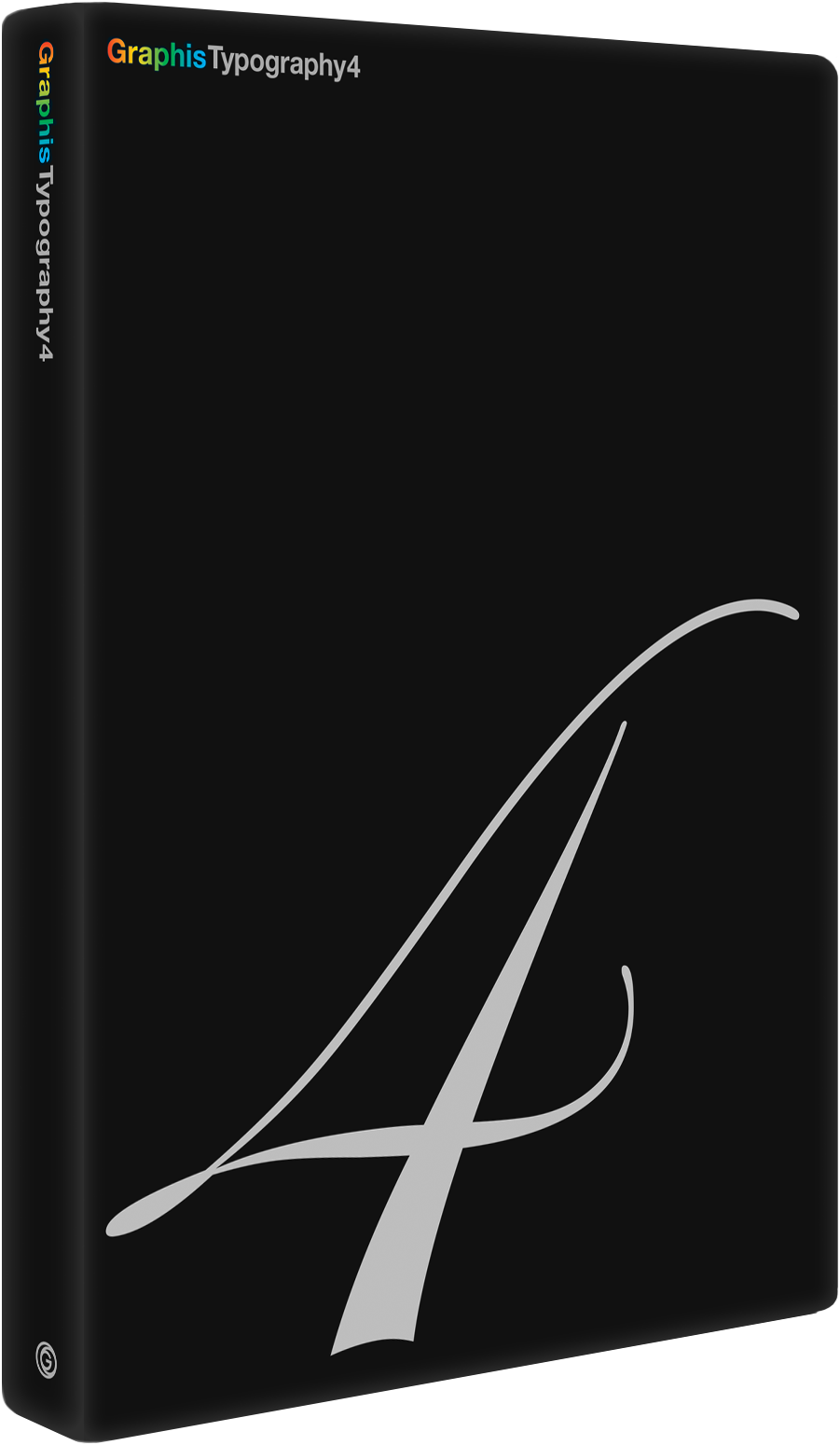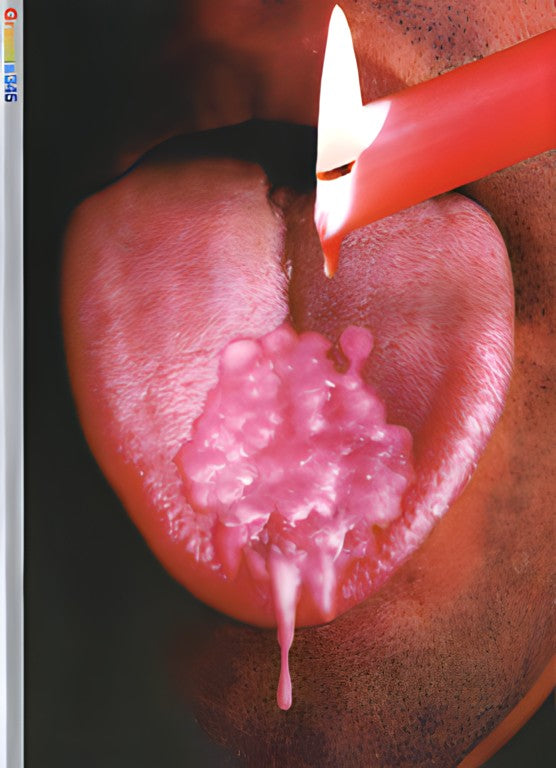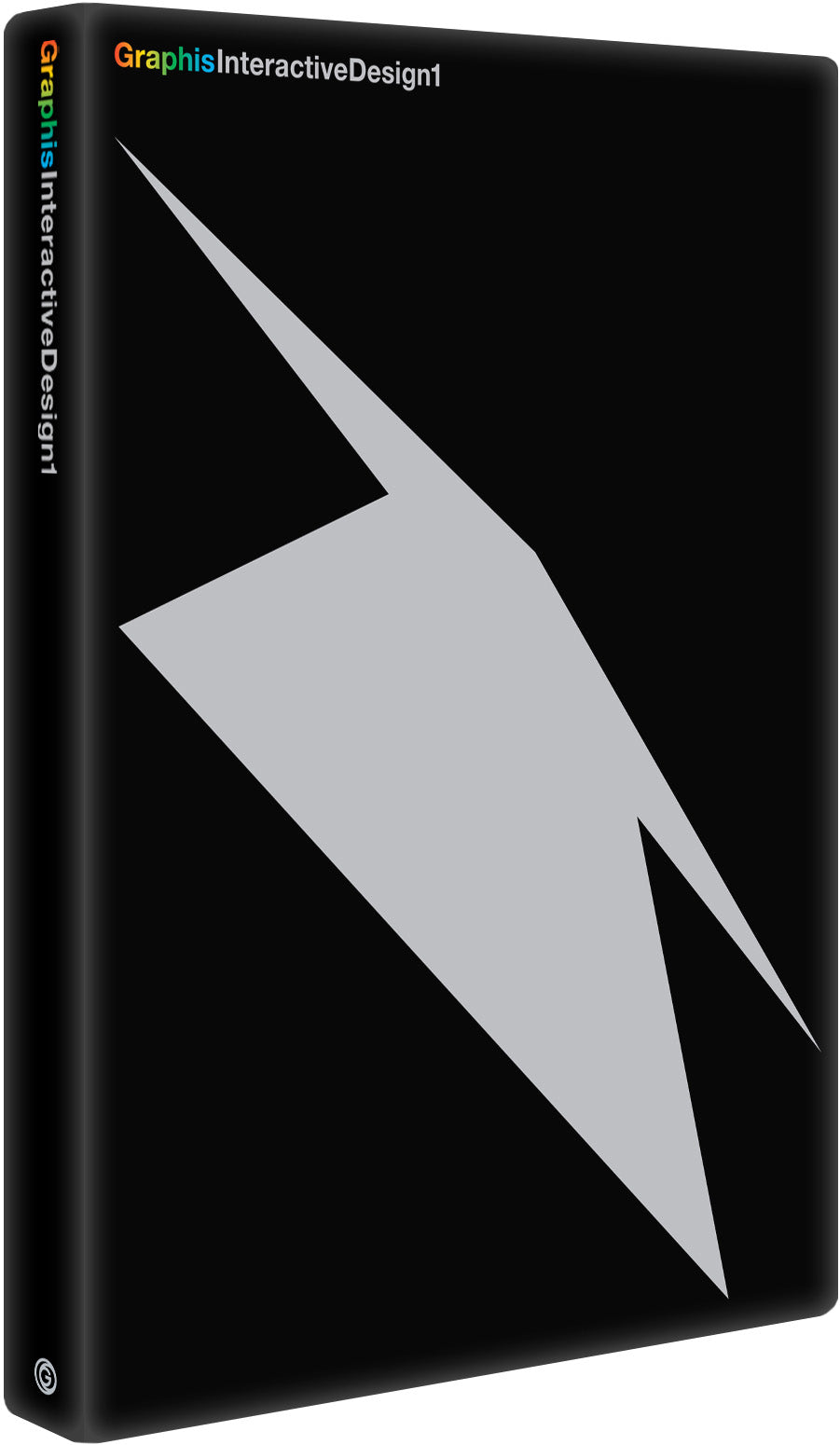Paul Garbett: Design is an Act of Optimism
Driven by curiosity, creativity, and a belief in the optimistic potential of design, Paul Garbett developed an early fascination with visual storytelling after finding a suitcase full of memorabilia at his grandfather’s house. As a professional, he focuses on identity, wayfinding, and cultural projects, driven by the belief that thoughtful design can make everyday experiences more meaningful and human. Whether working in physical space or the digital realm, Paul aims to create thoughtful, human-centered design that connects, inspires, and endures.
Introduction by Yvette Dal Pozzo, Art Gallery Director, Goulburn Regional Art Gallery
The Goulburn Regional Art Gallery has worked with Paul Garbett of Garbett Design for a number of years on a range of projects from digital to print, publications to signage. Paul is an incredible graphic designer who is sensitive to representing art and artists in the best light possible whilst also meeting the needs of the Gallery by clearly communicating information and intent. He takes creative and fresh approaches to interpreting visual and written information and making the work we do sing through clean and engaging design outcomes. The work he creates is eye-catching and resolved, making the overall look and feel of the Gallery cohesive and engaging.

What inspired or motivated you to have a career in design?
As a child, I was always interested in making art and drawing. My earliest design memory is when I discovered an old suitcase in the back of a closet in my house. The suitcase belonged to my deceased grandfather, who had left Germany before WWI. It was filled with old documents, photos, stamps, poetry, defunct currency, and knick-knacks. I was transfixed with this ephemera, and it helped me form a picture of who he was. I later learned that what was in the suitcase were bits of graphic design.
I was fortunate enough to attend an arts high school that offered design as a subject, along with painting, sculpture, photography, printmaking, and drawing. As soon as I heard the term “graphic design,” I knew it was what I wanted to do, and that has been my focus ever since.
What is your work philosophy?
I’ve been reflecting on the importance of optimism. Design is an act of optimism because it involves envisioning and, hopefully, realizing a better future. We’re always striving to do better and improve upon what’s been done before.
Our design approach focuses on creating work that looks beautiful and has a positive impact on people’s lives. We take play seriously. Far from being purposeless or unserious, play is creatively productive and foundational to expressing our humanity.
Who is or was your greatest mentor?
I’ve had many mentors along the way, teaching me different things when I was ready to learn them. I am grateful to all of them. Anyone can be a mentor, even people you haven’t met in person.
What is it about design that you are most passionate about?
It offers possibility and an outlet for useful creativity.
Garbett Design works on creating digital, print, signage, wayfinding systems, branding, and identity projects. Which is your favorite to work on?
Lately, we’ve been focusing more on signage and wayfinding projects, which are an extension of our identity projects. I’m enjoying this work because it allows us to explore 3D spaces, sculpture, and material tactility, which the digital realm doesn’t provide. These projects also allow us to collaborate with new kinds of people, such as artists, architects, and engineers, which is very rewarding.
I also enjoy working in the cultural realm, such as art galleries, exhibitions, and placemaking.
What is the most difficult challenge you’ve overcome to reach your current position?
Learning about business processes and that business success is about more than just good design. It is about relationships, building trust and consistency... and luck.
Who were and are some of your most significant influences?
Africa, Japan, dogs, my children, Danielle, art, music, books, Graphis annuals, Josef Müller-Brockmann, Isamu Noguchi, Alexander Calder, Henry Moore, Alexander Girard, Tadao Ando, Josef Albers, the Bauhaus, Charles and Ray Eames, Emigre, Alphonse Mucha, Bruno Munari, Kenya Hara, Ikko Tanaka, Tadanori Yokoo, Alan Fletcher, Otl Aicher, Lance Wyman, Stefan Sagmeister, and Marcel Duchamp.
Who among your contemporaries today do you most admire?
I love watching people doing what they were meant to do and thriving, anyone who zigs when others zag, idiosyncratic design from Japan and France, the precision of Swiss design, and the clarity of Australian and New Zealand design.
What would be your dream assignment?
I’ve always wanted to create an identity for the Olympics—a good one like Mexico in 1968 or Munich in 1972. However, I’m not sure this kind of singular design vision is possible today as there are so many stakeholders, sponsors, etc.
Who have been some of your favorite people or clients you have worked with?
I love working with relaxed but confident people. If you have good chemistry, every part of the process is good, not just the outcome.
What are the most important ingredients you require from a client to work successfully?
Friendliness, clarity, ambition, and trust.
Your work has won multiple awards. Which one means the most to you?
Awards were a big deal to me when I was younger, but I’m not as concerned with them these days. I always wanted to win the D&AD Yellow Pencil, which was a nice highlight a few years ago.
What is your most outstanding professional achievement?
It was a special day when I was accepted into the Alliance Graphique Internationale (AGI); on the same day, I heard that my mother was diagnosed with a terminal illness, so that was an important reminder to have perspective.
What is the greatest satisfaction you get from your work?
Knowing that it is doing its job. I also really enjoy the process of being in the flow state, in which time passes and ideas are plentiful.
What part of your work is most demanding, considering your position?
Patience.
What professional goals do you still have for yourself?
To keep doing interesting things and doing good work. This gets rarer as the years go by because the same things aren’t as exciting as they used to be, so you tend to seek out newer, bigger things.
As someone who has given multiple lectures about design across Australia and New Zealand, what drove you to do this? Is there a specific talk that sticks in your memory?
I started teaching design part-time because I felt I had a perspective to share and needed financial support in the early years of starting a studio. The first keynote was at AGIdeas in Melbourne in 2009. It sticks in my mind because I was utterly intimidated to speak alongside people like Stefan Sagmeister, Marina Willer, and Harry Pearce. They turned out to be the most lovely and generous people. The big lesson was that they were regular people.
What advice would you give to students starting out today?
Travel. Observe, question, be humble, and be open.
What interests do you have outside of your work?
My family, travel, art, photography, cinema, music, and books.
What would you change if you had to do it all over again?
I would have liked to move to New York or somewhere in Europe for a while to see where that might have led.
Where do you seek inspiration?
Everywhere and anywhere.
How do you define success?
Success = Do I feel enthusiasm and energy for today?
Where do you see yourself in the future?
Traveling and exploring more of the world.
Paul Garbett is a graphic designer, illustrator, and image-maker. He co-founded Studio Garbett, a multidisciplinary design practice in Sydney. They work primarily with clients in the arts, culture, and built environment arenas, believing that curiosity and empathy are key to more effective and engaging design outcomes. Paul was born in South Africa and moved to Australia in 1998, where he is an active member of the design community involved in lecturing, exhibitions, and teaching. His work has been widely published and exhibited and has won awards from prestigious acronyms like AGDA, D&AD, DINZ, and TDC. He has been a member of AGI since 2015.

Social: Instagram, Facebook, LinkedIn, X (Twitter)
Discover other creatives in the Graphis Journal #384.
You may also like
Reimagining the Season Ticket Experience for NYC’s Most Devoted Fans
For devoted sports fans, there’s nothing like getting those season ticket packages in the mail. While it…
Read MoreBailey Lauerman and Bosch Catches Your Eye at the Las Vegas Sphere
One year ago, engineering and technology company Bosch reached out to advertising firm Bailey Lauerman to promote…
Read More
Related Annuals & Publications
View AllBecome a Graphis Member
- 1-Year Membership Subscription
- Enjoy 50% off on Call for Entries
- 1-Year FREE Subscription to Graphis Journal
- Your Portfolio online with profile + links
- Get 20% off on Graphis Books
